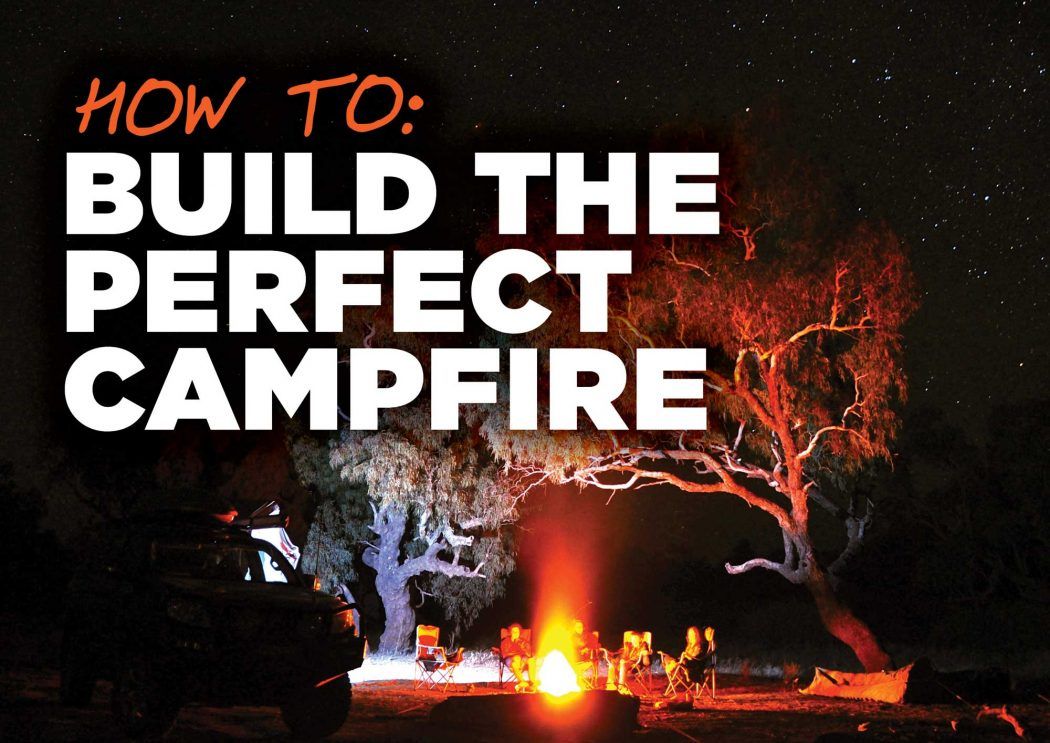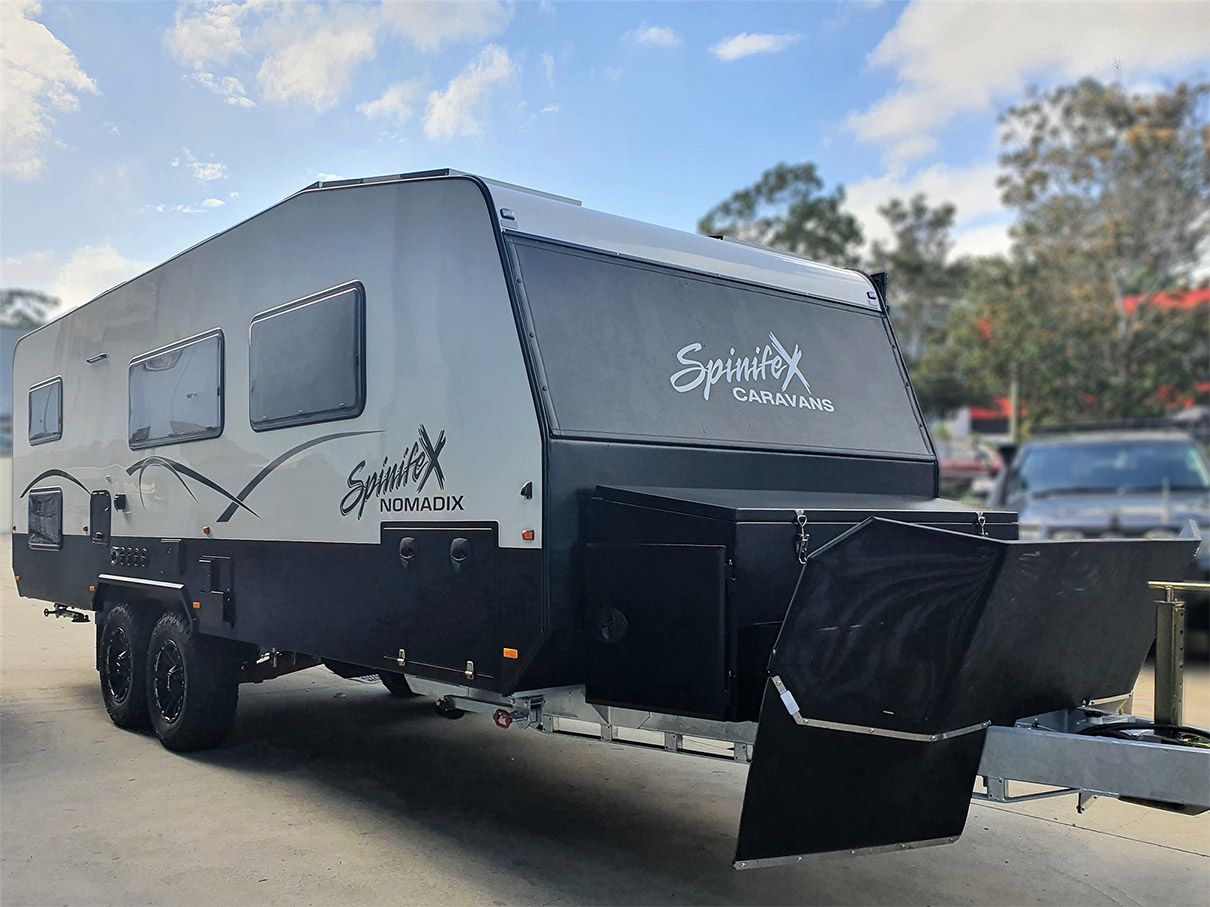If you tow or are planning on towing, learning about this one item and how easy it is to use, will help to enjoy your towing experience for many years to come.
Throughout our lives we go through the education system, where usually, teachers assist us to learn and experience new things in life.
As we get to that age of learning to drive, there are different thoughts on who should be teaching us to drive on today’s roads. It’s quite a thorough process which creates a lot of stress for both the learner and the supervisor involved. There are systems in place, filling out logbooks and gaining many hours of driving experience at night and during bad weather with the assistance of their white knuckled teacher or supervisor.

So, if you have been there assisting someone to learn to drive, you could say the system is quite thorough just to get to your driving test.
Do you remember your driving test?
Now the amazing thing in Australia is that we go through so much training and time spent behind the wheel of a vehicle, before we can sit for our license test. But once we have our full license, we can drive down the road, hook up a huge trailer that when related to the vehicle you are driving, might weigh a lot more, be quite a bit longer and considerably wider, taking up more of the lane. We are allowed to tow a huge caravan anywhere in the country.

Why isn’t there better education for those who wish to tow? Is it something we should have a natural understanding for or should we have better education set-up to create a better understanding of towing in Australia.
There could probably be a debate as to the safety standards of people and their experience in towing trailers around Australia.
When you see an “L” plate driver heading down the road, you might be a little more attentive while you are driving near them. Those “L” plates certainly stand out. But when you see a trailer being towed, we don’t have any idea if the driver is new to this “Towing” experience. I am sure if there was a plate like an “L” plate stating that this driver is inexperienced with towing, people would provide the driver a little more space.
But if you are new to towing, there are so many things you should know about the vehicle you are driving and how the trailer will affect its operation.
I’d like to take you through what I believe is the most important tool to help you understand, what you are towing and how it will affect your towing experience.

This could be tyre pressures, electric brake set-ups, reverse cameras, tow hitches, good towing mirrors etc Electric braking set-ups are amazing these days, so it’s worth getting a good one for a safer towing experience. Reverse cameras on the back of the trailer, and good towing mirrors, will assist you in so many ways to help you get things right.
Now I would like everyone who has towed to ask themselves the following question relating to the last time you towed a trailer; did you know the weight applied to the tow ball on your vehicle?
What was the actual static weight pushing down on the tow ball of your vehicle?
This is a term known as “ball weight” and it is probably the most important item to understand when towing a heavy trailer.

Did you know this weight is added to the GVM (Gross Vehicle Mass) of your towing vehicle? It’s not quite as simple as that, which we covered in a previous article from a legal perspective, and we will go into detail about GVM and GCM in a later article. For now though, I’d like to explain how important it really is to understand your “ball weight” when towing.

Most caravans and camper trailers have storage at the front coming in many different forms. It really makes sense to add toolboxes to the “A frame” of a trailer, and it also makes sense to be adding the load forward of the front axles of the trailer… in most cases.
The trouble here is that the manufacturer wants to look after the requests of the customer, as providing the storage will help with sales. But it’s up to you to ensure you don’t simply fill the storage areas with heavy gear affecting the way your towing setup will perform driving down the road.
It could be said that most people will load up their trailer with all the gear for the holiday or trip away, and if the tow vehicle isn’t sitting “bum down”, the thought would be that everything will probably be fine.
The problem is that by the time you figure out that your weight distribution is incorrect, you might have already had a bad moment on the road with the trailer swaying dangerously, which is an unnerving experience at the best of times.
A correctly loaded trailer should provide a load over the tow ball equivalent to around 10% of the weight of your loaded trailer. Both too heavy, as in too much weight forward of the axle/s towards the front of the trailer, or too light, as in too much weight behind the axle/s to the rear of the trailer, can create instability.

So, let’s figure out what your trailers approximate weight is. It’s never a bad idea to run your trailer and tow vehicle combination over a weighbridge when fully loaded to know exactly what you weigh, with individual axle weights ideally, but even rough calculations are better than nothing!
To start, check the tare trailer weight on the trailer placard, which isn’t always accurate and can be double checked with your trailer’s manufacturer. From there, add the approximate weight of the water in the tanks, the luggage, the extras you have added like BBQ gear, bedding, the caravan accessories etc, and this will establish the rough trailer weight that you will be towing.
However you determine your trailer weight when fully loaded, 10% of that is what you should be aiming for as your “ball weight” if it has been loaded properly. Also, it’s probably worth creating a spreadsheet of items in the trailer, so that you can add new item weights as you add on additions in the future.
So, now that you know the trailer’s approximate weight, how can you figure out the actual “ball weight” or the weight upon the tow ball of your tow vehicle?

Of course, there’s a tool for that; tow ball weight scales! With the trailer disconnected from the tow vehicle, you simply place the scales as close to between the trailer’s towing hitch connection and the ground. Using the jockey wheel, lower the trailer on to the scales until the jockey wheel is slightly off the ground. Leave the jockey wheel in this position as a safety precaution, and attaching your safety chains to the tow vehicle or something else that will stop it from rolling is a good idea too. The scales will provide your trailer’s “ball weight”.

It’s that easy! No more guessing or looking at the towing set-up thinking… “I think it looks ok.”
While the scales are under the trailer and the jockey wheel is just off the ground, adjust the position of a few elements of cargo until you get the ball weight lining up with your setup.
This will make for a much safer experience for both the new to towing driver, and also the experienced driver wishing to improve their tow setup and their own towing experience.

When you are out on your trip, you might be using water, or even moving the water from drinking water tanks to grey water tanks, changing the loaded position. You might also have collected a few souvenirs along the way. So, before you add the trailer back onto the tow vehicle each morning, spend the extra couple of minutes weighing the trailer to understand the ball weight, adjusting the position of a few elements to get it right.
This should be something done by everyone who is towing a trailer to create a safer and less stressful experience on and off-road.

If you would like to learn more about towing, it might be worth talking with the team at Tow Ed! John Eggenhuizen and his family have a solution for towing education both on- and off-road through their business Tow Ed. Club 4X4 customers also get a discount on Tow Ed training, which once completed, can mean a discount on your policy too! CLICK HERE to learn more.

To set up to tow this Jayco Basestation with our 79 Series, it was important to understand where the weight sits. For a 21ft van, it has a low tare weight of 2100 kgs, but a heavy ball weight when empty as it is designed to carry bikes or quad bikes at the rear etc with a huge 1000kg payload. We needed to take gear out of the tow vehicle and place these items right at the back of the Basestation to bring the ball weight back in alignment of around 230 kgs when loaded, and we vary rarely added water to the tanks. When we drove out of the sales yard empty, it was average and swaying around the road if we travelled over 80km/h, but when set-up right, it towed beautifully.
You might be thinking, why don��’t you simply use a weight distribution hitch to solve the problems of a tow vehicle being “bum” down. I don’t like the concept of fixing a problem with forces and additional loadings applied to their components. I feel you are better off figuring out how the weight should be distributed by adjusting its position on the trailer.
I certainly hope this helps a little more and if you have any further questions about towing, fire away in the comments below!
“Cheers”
-Michael Ellem
Offroad Images

The Campfire – Feedback
Just like sitting around the campfire, we would love to hear what you have to say. You can be involved simply by entering your comments below.
Also… we will be featuring stories about photography tips and tricks, 4X4 preparation, build planning and maintenance, as well as featuring inspirational locations for you to visit in your 4X4. So please get involved and let us know what you’d like to hear about. If you have any requests for stories to be featured in campfire or would like to provide feedback about this article, please send us a message on our social links:
Instagram: @offroadimages
Facebook: @offroadimages
YouTube: youtube.com/OffroadImages
Website: www.offroadimages.com.au
As 4X4 enthusiasts who live for the opportunity to create awesome imagery anywhere in Australia, we know that our vehicle assets are covered wherever we travel to create that shot, as we are insured by Club 4X4.





